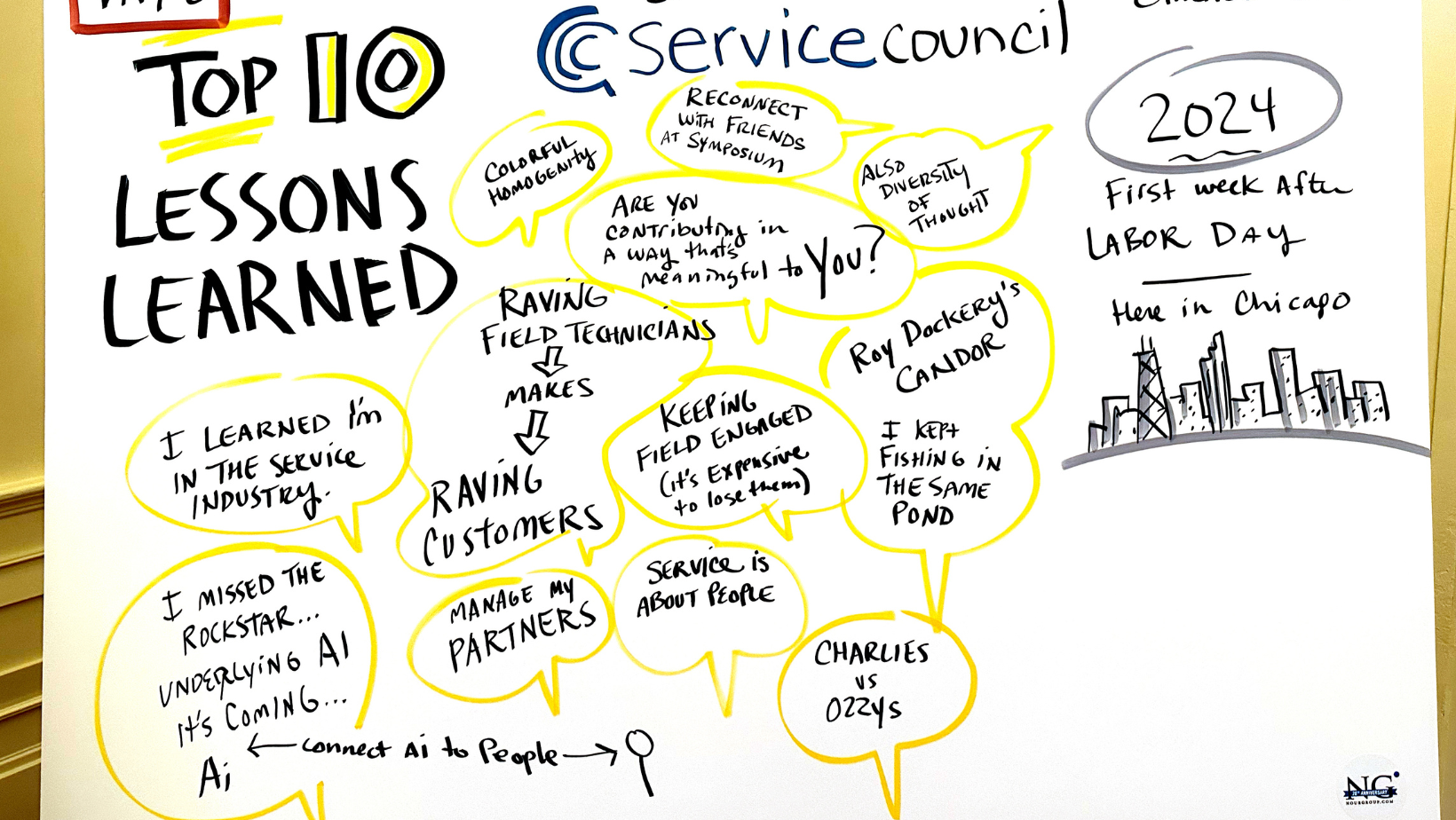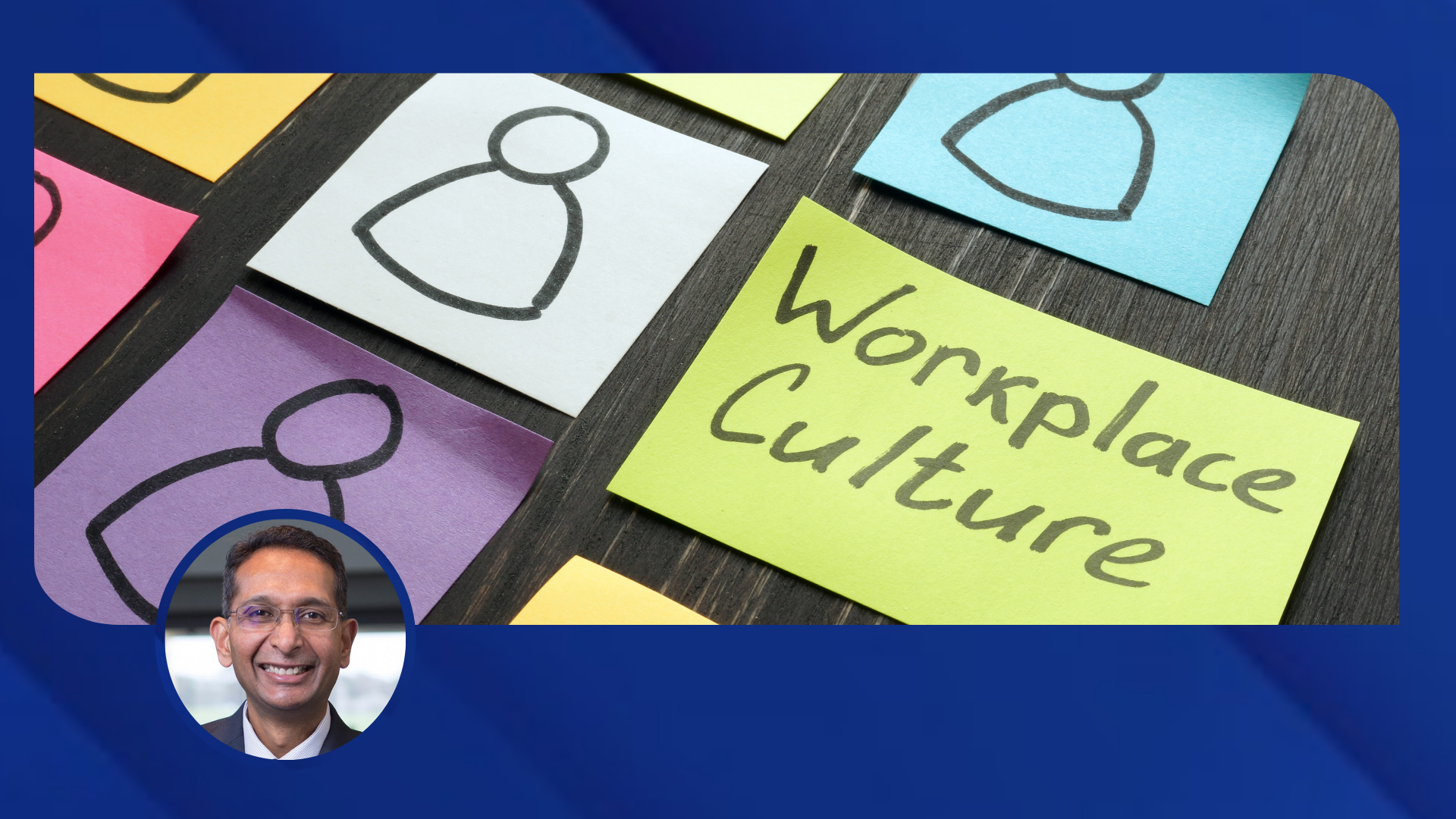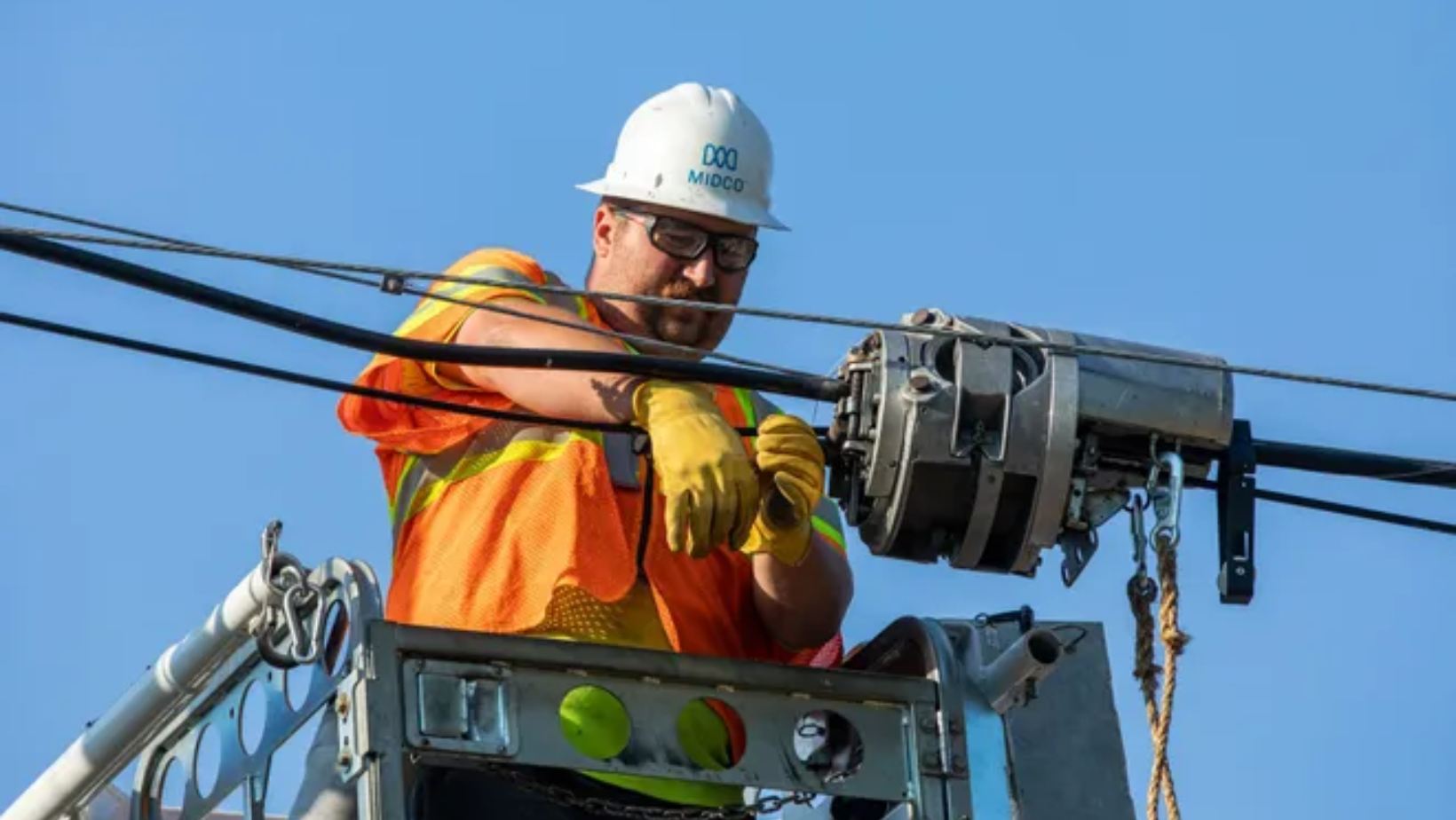We’ve reached the final day of our Symposium recap series, with day 3 focused on Technology.
As mentioned in our previous blogs (you can read them here), digital transformation remains an ongoing topic in service leaders’ minds. And as many of our speakers noted, it’s a career-long journey, and technology lies at the core of this evolution. But it’s not just about compiling data and implementing new software–it’s calibrating your people and processes to adjust to the sea change (and culture shift) that new technology can bring.
Day 3 may have been a half day event, but it was jam-packed full of insightful content. Many thanks again to our platinum partners, Aquant and ServiceMax, a PTC company, for sponsoring the event!
Value Stream Mapping: Aligning Technical & Functional Roadmaps
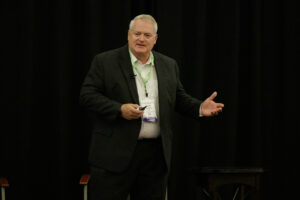
Does driving change at your organization ever feel like you’re pushing a rope? Scott Day, Senior Vice President of Service Transformation at TKE Elevator, shared his tried-and-true approach to value stream mapping and aligning technical and functional roadmaps.
As Day noted, 69% of digital transformations fail, but there are steps you can take to avoid a failed technology implementation. A few tips that Day shared:
- Identify the problem. What metrics are you looking at to determine there’s an issue? Day noted that TKE Elevator’s entire technology implementation was funded simply by the savings that came from cleaning up duplicate errors in their CRM.
- Establish the vision and get the right people engaged. Most importantly, ensure your leadership team is rallied behind that vision, and get the right people involved. Day involves product, HR, and finance, among others. Ask all stakeholders and get their perspective, “How can we make this process better?”
- Set parameters. You know you want to get from X to Y. By when? What resources do you need? What are we going to stop doing to make room for this initiative? Ensure it’s measurable year over year as well.
- Engage your technology partners. Meet regularly and understand their capabilities. Bounce ideas off of them, and make sure they have the time to come to those meetings with you.
Standardization vs. Localization vs. Centralization
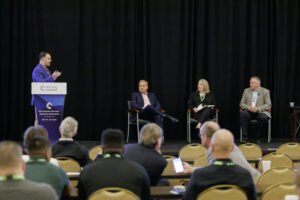
Are you more oriented towards standardization, localization, or centralization? How do you establish boundaries around what is more important over the other? Brad Haeberle, Senior Vice President, Services at Siemens, Rachel Heskin, Senior Director, Service Platform Strategy at Thermo Fisher Scientific, and Len VanderHulst, Senior Vice President, Global Service at Eppendorf, tackle this tricky topic head on.
When the question was posed, Haeberle noted that his first instinct is to localize, because service is a localized business in general. But on the flip side, you have to standardize the process, or nothing works as it should (this is particularly true when you’re running a service operation in 30+ countries). VanderHulst agrees: You can have localized components, but the standardization is critical, or certain parts of the process will fall apart.
Heskin also agrees, particularly from a technology perspective. However she notes that you also have to allow for certain variations, either based on geography or business model. For instance, at Thermo Fisher Scientific, they do scheduling in different ways, but have created clear models for that variation. From a similar standpoint, Haeberle noted that localization is required when it comes to assigning a local service technician with a specific skill set. Without this level of customization, the service suffers. VanderHulst provided an additional example with regards to language. For a global business, the language used in the technology must be localized, but when analyzing company-wide data, it must be pulled from the local language and translated or standardized for assessment.
In short, it’s important to create standardization when possible, but work in localization to truly customize the service or delivery when needed.
Change Management: Moving from Now to Next
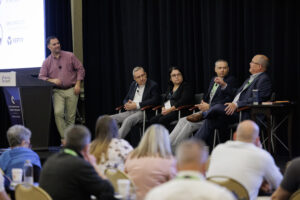 You can change as many processes as you want, but without the right people backing that change, you won’t get far. Finishing off the morning keynotes, Lisa Montoya McFarland, Director, Service Transformation at Baxter International, Robb Origer, Senior Vice President, In-Home Services at DISH, Greg Ratcliff, Chief Innovation Officer at Vertiv, and Mike Hays, Vice President, Agile Strategy & Specialty Service at Steris discuss their approaches and principles they’ve deployed when it comes to change management. A few tips they shared:
You can change as many processes as you want, but without the right people backing that change, you won’t get far. Finishing off the morning keynotes, Lisa Montoya McFarland, Director, Service Transformation at Baxter International, Robb Origer, Senior Vice President, In-Home Services at DISH, Greg Ratcliff, Chief Innovation Officer at Vertiv, and Mike Hays, Vice President, Agile Strategy & Specialty Service at Steris discuss their approaches and principles they’ve deployed when it comes to change management. A few tips they shared:
- McFarland focuses on building change champions as early as possible in the process. Communicate your vision to the organization, and meet with them in person when possible.
- Ratcliff notes that when it comes to managing change, the technology must also be there to support the people, and he assesses a business based on two factors: the technology readiness level and the readiness of the staff and people.
- Hays notes that it’s critical to have a dedicated team of people who focus solely on how to develop, deploy, and ensure the success of a change initiative. Hays also established a field service council made up of the best engineers on the job who will confidently give honest feedback during the process.
- From Origer’s perspective, change is first and foremost a top-down culture initiative. DISH remains founder-led with an entrepreneurial spirit, and the broader organization likes to view change as a way to have an agile edge over the competition.
Final Thoughts: Important Takeaways from our Advisory Board
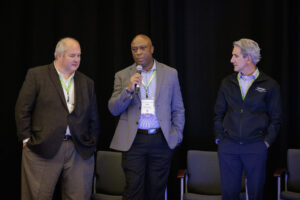
As the last keynote, members of the Industry Advisory Board joined John onstage to share their key takeaways from the event. These takeaways include:
- There’s more underlying Artificial Intelligence (AI) and Machine Learning (ML) technology on the market today than ever before, and service leaders need to get familiar–and be deliberate with–how they use it.
- Be wary of “colorful homogeneity” in your DEI initiatives–hiring more diverse employees who still think the same way (shoutout to Roy Dockery’s keynote, recapped in Day 1 of our series). If you’re fishing in the same pond for your diversity candidates, it’s time to rethink your approach.
- As a final takeaway, service is still about people, and service leaders should not lose sight of the people at the heart of their operation. The way to get “raving customers” is to have “raving employees,” and service leaders need to find ways to better engage their frontline and remove friction in their day-to-day role to create those raving employees. Spend time in the field with your field service techs. Train them and re-train them as needed. Create mental health programs to ensure their well-being, and make them feel seen and heard; losing them is a very expensive proposition.
If you joined us at this year’s Smarter Services™ Executive Symposium, we hope you enjoyed your time with us, and hope to see you back next year! Our 2024 event will again be held at the J.W. Marriott in downtown Chicago September 9-11.
Thinking of joining us next year? Explore membership with us here.

